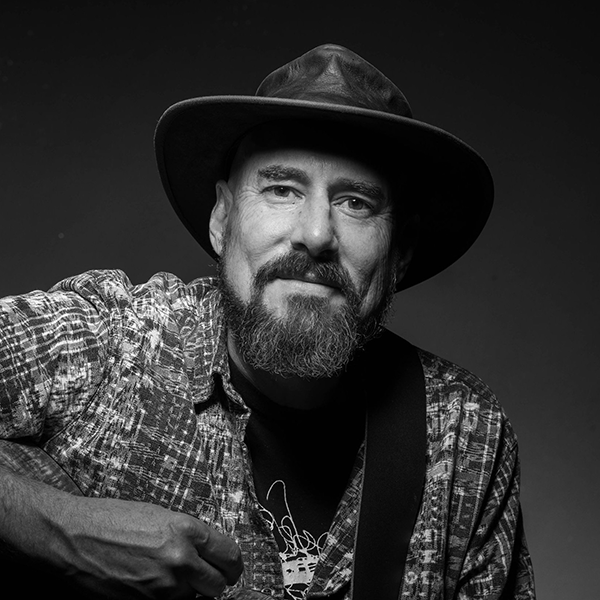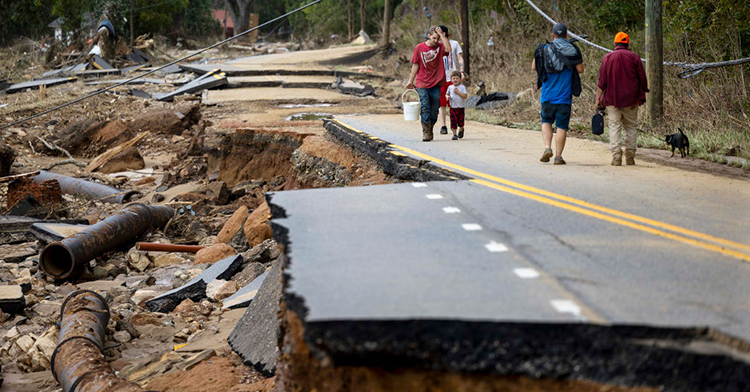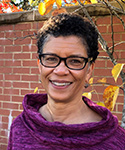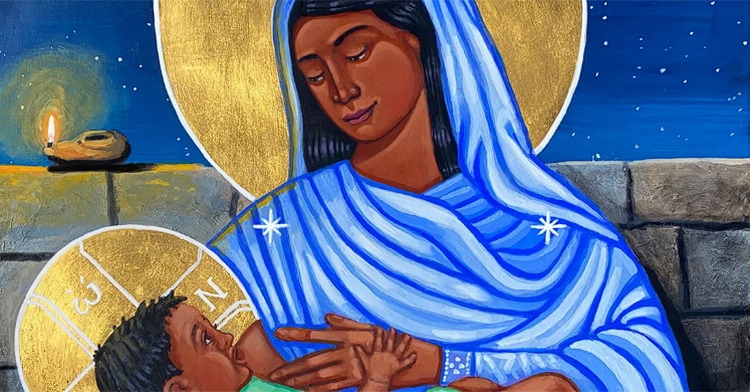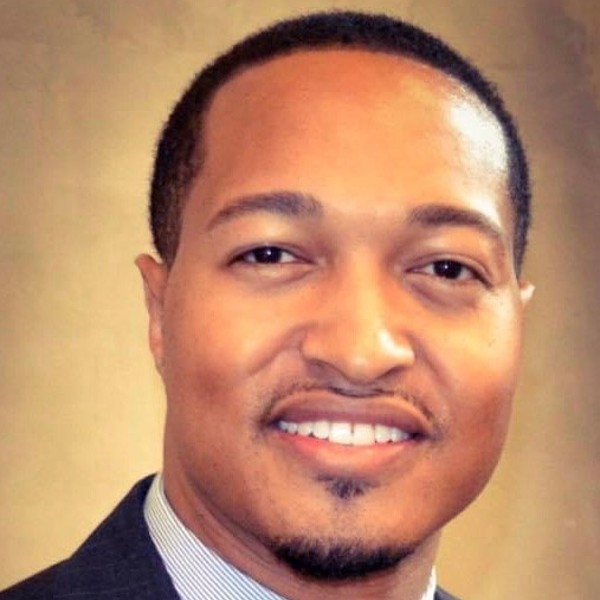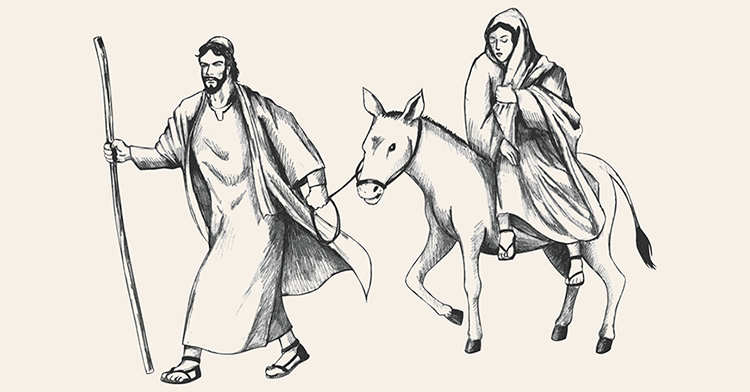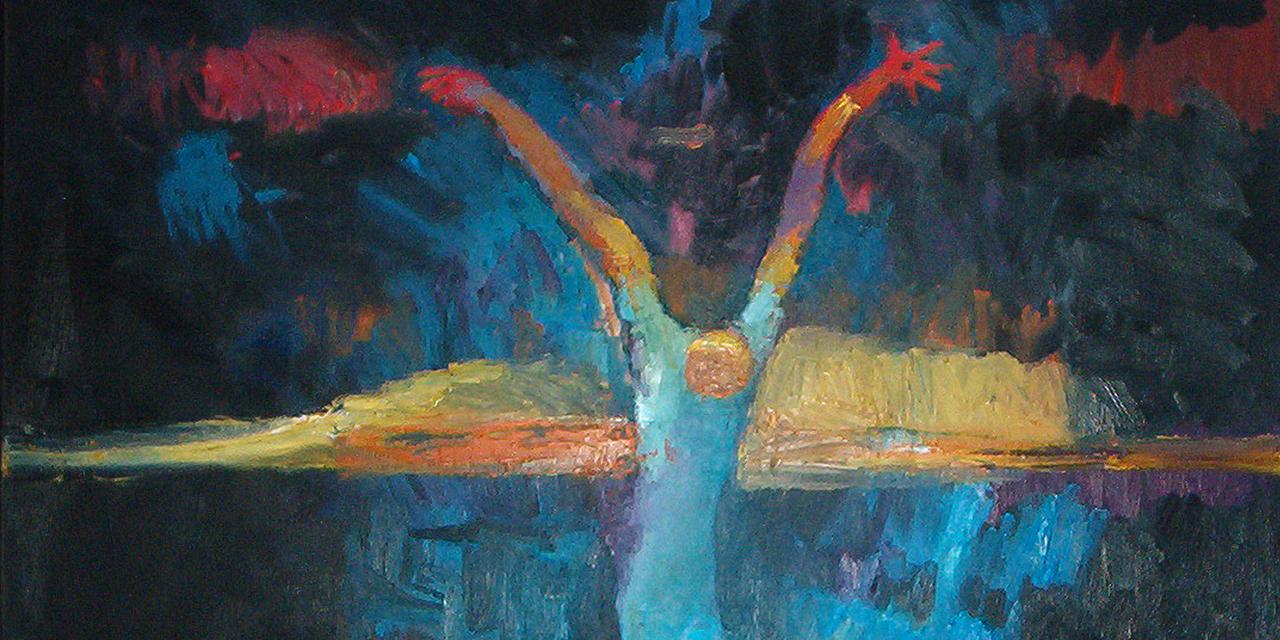Jan Richardson’s creative work is her ministry: she paints, draws and makes collages, and writes poetry and essays.
 A writer since childhood, Richardson discovered her artistic gifts when she began making collages from construction paper during her seminary years at the Candler School of Theology. In recent years, she has focused on painting.
A writer since childhood, Richardson discovered her artistic gifts when she began making collages from construction paper during her seminary years at the Candler School of Theology. In recent years, she has focused on painting.
After serving at a United Methodist Church in Orlando, Richardson developed a full-time ministry in the arts. She served as artist-in-residence at a retreat center owned by the Catholic Diocese of Orlando, and for 11 years offered a creative worship service at First United Methodist Church in Winter Park, Florida.
She is the director of the Wellspring Studio, publishing works blending her art and writing, as well as offering her services as a retreat and conference speaker.
Her late husband, the actor and singer-songwriter Garrison Doles, was her partner in ministry, and the pair often collaborated on multimedia projects. Doles died unexpectedly at the beginning of Advent in 2013 after surgery for a brain aneurysm.
The experience of grieving has been part of Richardson’s spiritual journey in the past year. Her in-person events have been on hold in the wake of her husband’s death, but she is creating new artwork for an online Advent retreat.
“I wanted to be able to offer some images and some words about what it means for us to really enter this season in which, so the story tells us, God comes to us in the dark,” Richardson said. “How do we honor our longing for light while also opening ourselves to the God who comes to us in the darkness?”
She spoke to Faith & Leadership about Advent, the creative process and finding God in dark places. The following is an edited transcript.
Q: How does art enrich and enhance the contemplative experience of the Advent season?
I’m endlessly intrigued by the stories that we tell in this season and how we inhabit the stories -- the amazing, the remarkable, the astounding stories that Advent and Christmas give to us about the God who comes to us as Word made flesh, about the God who comes to us as light in the darkness.
So I’m really interested in -- intrigued by -- the words that the season gives us, and at the same time also very, very keen to explore how we attend to the images, the imagery, the remarkable imagery that this season gives to us as a place of reflection and contemplation.
Gary and I, in our life and our ministry together, talked a lot about how absolutely crucial it is for us, particularly in the 21st century, to be mindful of how words can only carry us so far in our journey of faith.
It’s absolutely crucial for us to enter into those nonverbal ways of exploring and expressing and contemplating and reflecting, and art, in its multitude of forms, gives us such rich, remarkably rich ways to do that -- to enter into those nonverbal places where words alone cannot take us.
As an artist, creating images for Advent and Christmas carries me into the story of the incarnation always in new ways. Of course, I’ve been through many, many Advent seasons now, and am always amazed by how every time I spiral back around Advent and Christmas again, I find something new in the story.
The “something new” often comes in the process of sitting at my drafting table and waiting for, and wrestling with, and paying attention to, the images that come.
Q: Is there a parallel in the kind of patience required in the creation of art and the waiting of Advent?
Yes, definitely. One of the things that I’ve been keen to explore in recent years in Advent is that sometimes when we talk about waiting, we think of it as a passive thing, having to sit idly by while we wait for whatever is going to happen to happen already.
I think part of what God invites us to in Advent is to be mindful that when we are called to times of waiting, God doesn’t mean for us to be passive. I think of Mary so much in the season of waiting, and how her waiting was not an idle time as Christ was growing in her womb.
We’re called to, and invited to, find the spaces of invitation, even in what may, on the surface, look like really slow times. We are called to pay attention. We are called to look beneath the surface. We are called to ask questions about the place we are in, even when it feels like we’re not moving in any direction.
Being an artist, I find, requires a huge amount of patience, and again, it’s not an idle or passive process.
One of the things that frames my Advent season is being willing to wade into the messy, murky, sometimes ugly, painful places -- and I’m talking here both about my art and about my grieving, which are so intertwined -- but to trust that in the waiting there is work to do, and that something will come from it that I can hardly even begin to see or imagine from the place I’m standing.
The wrestling makes me think, and the question makes me think, of Jacob. The story of Jacob was a story that was really core for Gary and for Gary and me. We did a lot of work together around that, individually and together around that story, both in our own work and in some of the retreats and conferences that we led -- in particular, the story of Jacob wrestling with God or the angel or whoever it was that showed up on that dark, dark night.
When Jacob left at the end of the wrestling, he left both with a limp that forever marked him and with a blessing.
I find those things to be very much intertwined, that the limping and the blessing are very much intertwined, and we leave with a new name, some new insight, some new revelation into who we are.
Q: How is your artwork used in your online Advent retreats? What do you get out of it, and what do you hope others get out of it?
During the retreats, people receive an email five times a week that contains a piece of artwork that I have created especially for the retreat. We have a theme for each week of the retreat, and so the daily emails also offer a written reflection that invites us deeper into whatever the theme for the week is.
Gary created some guitar meditations that typically were between 12 and 15 minutes long, that people could use as a way of entering into their time of reflection or in whatever way they chose.
So it is a real intertwining of word and image and song and story for the purpose of inviting people deeper into the season in the way that fits best for them.
One of the things that we so enjoyed about creating this retreat was being very intentional about designing it in a way that fits people’s schedules. I continue to be very mindful about letting folks know this is not one more thing to add to your schedule. This is something that’s designed to slip easily into whatever your rhythm of life is in your Advent days.
From the start, we also offered an online forum using a social platform that enables people to go online whenever they wish and leave comments, respond to other people’s comments, share something that surfaced for them as they have journeyed through the week, something in connection with the theme of the week.
It’s important to say that the online forum piece is always a strictly optional piece. Some people engage in some kind of creative process as they move through the retreats and through the Advent season, and they can share images there.
I don’t pretend to think that what happens online can ever substitute for being in a room, in the same room with people face to face. But it has been really wonderful to discover the kinds of connections and communities that can be created in an online space.
So the online retreats have been a wonderfully rich way of journeying through the season together, moving more deeply into it through images and song and word and music, and for those who choose, also having this community element, the sense that I am not alone in the journey.
Q: How did you discover you were an artist?
It’s been a strange and wondrous kind of journey, because I always, always, always understood myself as a writer, I think from the time I first picked up a pencil in my chubby hand.
I come from a creative family. My mom and brother are talented artists. But I would periodically over the years -- my family kept a stack of that cheap construction paper lying around, the kind that fades in five minutes if you put it in the sun. I would periodically dip into it over the years to do collage, to make cards for people and that kind of thing.
As I kind of went through college, and particularly once I got into seminary, on the rare occasions I would dip into the construction paper, I found that the collages had more and more -- I don’t know, I hesitate to use the word “sophistication” -- but there was more going on there.
I found that something transforming happened for me in the process of cutting and tearing and pasting and piecing together to create something new.
It really has been a practice. I found that as I continued to show up at the drafting table, it was becoming a way of prayer for me, and also an amazing and engaging metaphor for my life.
I was finding that in much the same way that I would sit at the drafting table and cut and tear and paste and piece together, and taking the light and the dark and the rough and the smooth and the pieces that I might prefer and the ones that might otherwise get thrown away and using all of those to create something new, that God was doing much the same work, and continues to do much the same work, in my own life.
I have come to think of God as the consummate recycler, and in God’s economy, nothing is wasted; God has a really stubborn way of using all the pieces of who we are and our experience to create something new. I continue to find and experience it just in my being, in my flesh and bone and soul and heart, the truth of that -- that God is about putting the pieces together.
I am having a particularly awful occasion to experience the truth of that in my own life, and that’s a place where I find resonance and connection between the creative process and my own life.
Artists are people who are called to wait with the pieces, to open our eyes to the pieces, to those places of brokenness and pain. Artists are people who are called to not turn away, to not turn our faces away, but to turn ourselves toward those places of brokenness and pain and to wait with those pieces, and to allow ourselves to begin to imagine, and to allow God to imagine through us, what could these pieces become.
I think that’s the call not just of the artist but of the Christian, of every person of faith. To have faith is to be willing to do the work of waiting and imagining what God through us, how God through us, can put the pieces together in a new and more whole and holy way.
Q: As you look toward this season and also back over the past year, where have you found comfort? Has your art brought you comfort and healing?
I am still figuring that out. Gary died last Dec. 2, the second day of Advent, and so I have been through almost one full Advent since his death, but because his death was so very fresh and I was in those incredibly raw initial stages of grief, I’m curious to see what this Advent is going to be like.
But I’m still carrying that question with me of what will provide comfort, what will provide solace. How do I find my way ahead? How do I listen and discern my way into the life that is waiting for me that is a very different life than I had anticipated having to live right now?
Giving myself into the hospitality and giving myself into the keeping of people who know me well, friends and family, people who know how to welcome me both into their space -- into the space of their home -- and into their life has been a really remarkable gift.
The creative process, both as a writer and as an artist, has been a place both of solace and also of pain. Gary was my partner in ministry, and we did a tremendous amount of collaborating together.
We each had a studio at our home, and we were constantly back and forth and in each other’s studios throughout the course of any given day. I would be in his studio listening to what he was doing. If I was in a stuck place with some writing or some artwork, I would holler down the hallway to him and ask him to take a pass by when he had a chance.
So to be creating without having that, without having him in my space and in my creative process, is something that I’m still navigating. At the same time, the creative process, because he had so inhabited that process with me -- it’s a place where I continue to feel his lasting influence and presence and spirit.
Q: Do you have thoughts for others experiencing loss this season?
One of the first books I wrote was called “Night Visions,” which intertwined artwork with my writing. The subtitle is “Searching the Shadows of Advent and Christmas.”
I was very aware of those messages that weave through the Advent and Christmas season of it being a happy, merry, joyful time, and very aware that it’s not that way for everybody.
I wanted to be able to offer some images and some words about what it means for us to really enter this season in which, so the story tells us, God comes to us in the dark. How do we honor our longing for light while also opening ourselves to the God who comes to us in the darkness?
I think Advent is a time for really acknowledging that and acknowledging what a staggering amount of mystery we live in. I think it’s so important in the Advent season, as well as in every season, to figure out what’s going to help us abide the mystery, whether it’s the mystery of just simple unknowing that is always attending our lives or the mystery of the darkness that comes in times of pain and grief.
I have found that whatever kind of darkness we are in, God is always very keen to meet us there.


